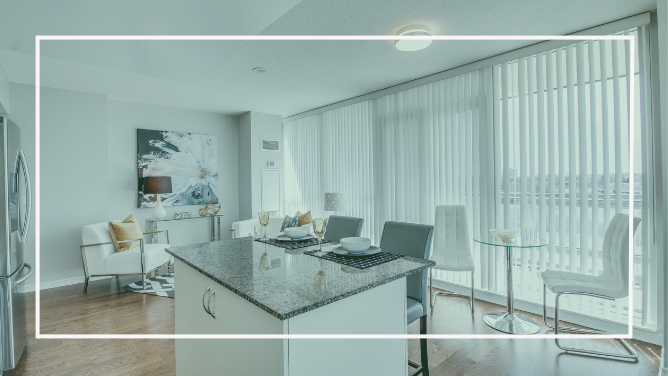What SF Tenants Look For: Crafting the Perfect Rental Listing
As a landlord, creating an ideal rental listing is essential to attract potential tenants. San Francisco is a competitive rental market, and you want to stand out from the crowd. The key is to highlight the features that tenants are looking for in a rental property. By understanding what tenants look for in a rental unit, you can craft a listing that not only captures attention but also ensures happy tenants and high demand for your property.

Security Features
When it comes to their homes, security is a top priority for tenants. Make sure to highlight any security features your property offers, such as secure entrances, intercom systems, or even a security camera for added peace of mind. Let your prospective tenants know that their safety is your top concern, and watch as their confidence in your property grows.
Storage Space
A common challenge for tenants in the city is finding enough storage space. Showcase the ample storage options your property provides, from spacious closets to shelving units. But don't stop there! To truly make it appealing, stage your rental unit accordingly. Show off its potential by cleverly organizing items or using space-saving solutions like overhead racks or stylish bookshelves. Let tenants envision their belongings neatly arranged, and they'll be eager to call your property their new home.
Energy Efficiency Upgrades
In eco-conscious San Francisco, tenants value energy-efficient living. Highlight any upgrades you've made, such as Low-E windows, energy-efficient appliances, or LED lighting. Show them that by choosing your property, they can save on monthly bills while helping the environment. Let them know that not only is your rental unit stylish and comfortable, but it's also a wise financial and ecological choice.
Extra Amenities
To attract tenants seeking convenience and modern living, consider offering extra amenities. High-speed internet is a must-have for many individuals whose lives revolve around connectivity. Emphasize that your property offers reliable and fast internet, allowing tenants to work, study, and stream with ease. If your property has a dishwasher, washer, and dryer, or private outdoor space, tout these features as well. Let tenants imagine the hassle-free and comfortable lifestyle that awaits them in your rental unit.
Sound Proofing
Living in a bustling city like San Francisco can be noisy. Address this concern by highlighting any soundproofing measures you've taken in your rental unit. Whether it's double-paned windows, insulated walls, or solid-core doors, let tenants know they can unwind and enjoy a peaceful sanctuary away from the urban hustle. Paint a picture of tranquility and relaxation, and you'll attract tenants seeking a home that offers respite from the city's excitement.
Find out what other amenities will increase the value of your property here.
In summary, a well-crafted rental listing that highlights the key features that tenants are seeking can go a long way in attracting potential tenants to your property in San Francisco's competitive rental market.
At BanCal Properties we can help you offer a seamless experience to tenants while ensuring the smooth management of your properties. By focusing on what tenants want and collaborating with experts in the field, you can create a rental property that attracts desirable tenants and offers a high-quality living experience.
We’d love to hear which about which amenities have worked wonders for your listing – feel free to drop in your comments below!








